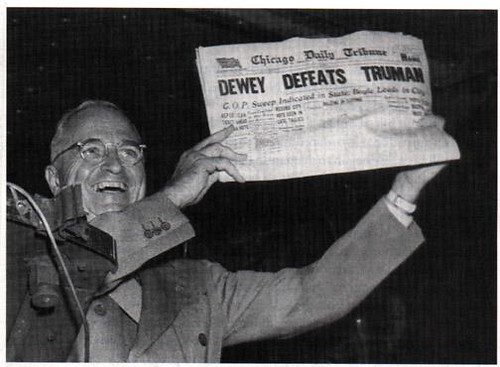Every month, I put together a list of 10 things to inspire you to do better work. This is The Awesome File.
Inside this month’s Awesome File: “Gilligan’s Island” meets Led Zeppelin! Teleportation! Making Your Bed! Solitude!
1. UNDERSTAND: How ‘New York’ Got That Amazing Cover Photo.
It was only a few weeks ago that Hurricane Sandy came and knocked out power to half of New York. That led to an amazing magazine cover (see top). The photographer who took the photo explains how he pulled off the shot. It’s an excellent story.
2. QUESTION: The Rhetorical Question Gets a Workout.
Speaking of New York: Here’s the Guy Fieri food review everyone was talking about last month. It was written entirely with rhetorical questions. And it reminded me a lot of “The Interrogative Mood,” by Padgett Powell. That’s a novel written entirely in rhetorical questions, too. It’s definitely an interesting — or maybe “unusual” is the better word — kind of read. And it’s proof that a novel doesn’t have to be what you always thought it could/should be.
3. SMILE: The Oatmeal’s Thoughts For People Who Make Stuff.
And here’s something for Guy Fieri — and the rest of us who make stuff — to keep in mind. The Internet is a wonderful place. It is also terrifying place. Navigating it isn’t easy. So The Oatmeal has some truly wise words for those of us who make things on the web.
4. RE-READ: Dustin Curtis’ ‘Do.’
Once you’re done with that, consider these words to live by. It’s as good a manifesto as you’ll see all month.
5. FREAK OUT: We Achieved Teleportation.
So work’s getting hard this week? Consider this: We just achieved teleportation. Yeah, that’s right: TELEPORTATION. When you start complaining about your work, just remember: You didn’t have to solve the problem of freaking teleportation.
6. READ: Alone Together, Again.
I loved this, too. It’s an essay about why we make stuff on the web — and how much we rely on the web when life gets strange.
7. WATCH: A Veteran’s Day Sacrifice.
And here’s something inspiring: It’s a Veteran’s Day story from Nashville. Just watch.
8. CONSIDER: Making Your Bed Matters.
This one changed my habits last month: It’s a post arguing that those who make their beds are more responsible. Read and consider. (And then go make your bed. It’s okay. I can wait.)
9. LEARN: Why The Price of Coke Didn’t Change for 70 Years.
Here’s something a bit lighter: An explanation of why Coke cost a nickel for decades, even as all other prices rose. I can’t quite explain why this was so fascinating — but it was.
10. LISTEN: Steve Poltz’s ‘Stairway’/’Gilligan’ Mash-Up.
And then here’s something really weird: It’s a mash-up of Zeppelin and the “Gilligan’s Island” theme. Some of the best stuff doesn’t always seem like it goes together — but then you see/hear it together, and sure enough, it does. And here, Poltz pulls it off.
Now go out there and do some great work this month.









